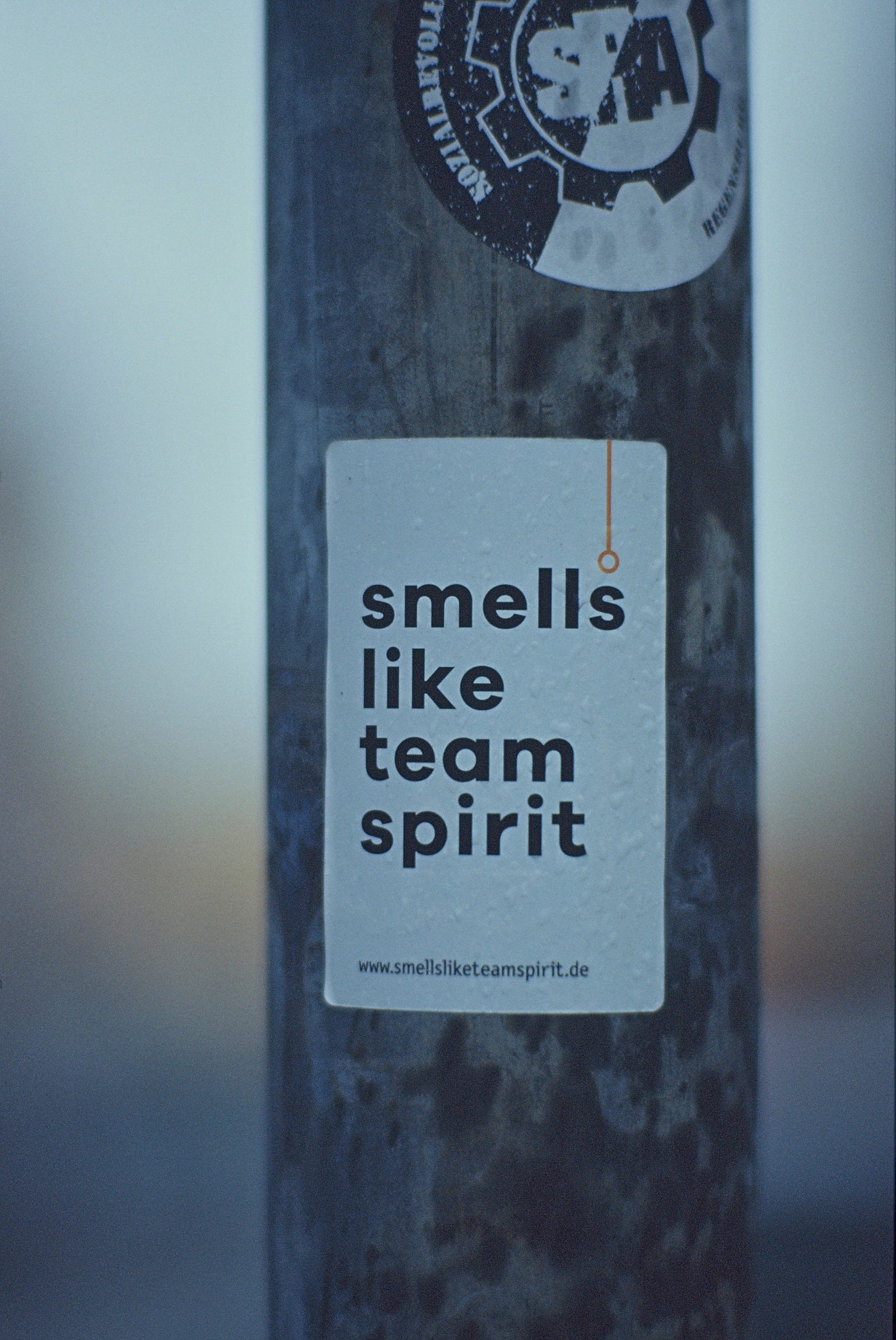In 1965 a psychologist called Bruce Tuckman was working for the U.S. Navy. He was a member of a small group of researchers at the Naval Medical Research Institute. Their job was to study small group behaviour.
Tuckman was given access to a collection of 50 articles by the research group leader Irwin Altman. Many of the papers were psychoanalytic studies of therapy. Bruce Tuckman was challenged to synthesise the studies into practical insight.
The result of his work is “The Group Development Model”. It has been used extensively in research and practice since its publication in 1965.
The original model had four stages, with the shorthand titles proving popular: forming, storming, norming, and performing.
Here is a summary of each stage. Note the quotes are from Tuckman’s original 1965 article and referenced here.
Tuckman’s Group Development Model

The Group Development Model
1) Forming
In this stage, members are uncertain about the purpose of the group and their role within it. They are polite and avoid conflict.
Groups initially concern themselves with orientation accomplished primarily through testing. Such testing serves to identify the boundaries of both interpersonal and task behaviours. Coincident with testing in the interpersonal realm is the establishment of dependency relationships with leaders, other group members, or pre-existing standards. It may be said that orientation, testing and dependence constitute the group process of forming.
2) Storming

In this stage, members start to test the limits of the group and each other. There is more conflict as people establish their place within the group.
The second point in the sequence is characterised by conflict and polarization around interpersonal issues, with concomitant emotional responding in the task sphere. These behaviors serve as resistance to group influence and task requirements and may be labeled as storming.
3) Norming

In this stage, members start to work together as a team. They develop norms and rules to help them work together effectively.
Resistance is overcome in the third stage in which in-group feeling and cohesiveness develop, new standards evolve, and new roles are adopted. In the task realm, intimate, personal opinions are expressed. Thus, we have the stage of norming.
4) Performing

The group is performing at its best at this stage. Members work together harmoniously and efficiently towards a common goal.
Finally, the group attains the fourth and final stage in which interpersonal structure becomes the tool of task activities. Roles become flexible and functional, and group energy is channeled into the task. Structural issues have been resolved, and structure can now become supportive of task performance. This stage can be labeled as performing.
5) Adjourning

In 1977 Tuckman and Mary Ann Jensen added a fifth stage: adjourning. This was in response to an updated literature review which identified the life cycle approach and how groupwork ended, dissolved or terminated.
Here is a description of the emotions a team member might have during this stage from Judith Stein at M.I.T.
Team members may feel various concerns about the team’s impending dissolution. They may be feeling some anxiety because of uncertainty about their role or future responsibilities. They may feel sadness or a sense of loss about the changes coming to their team relationships. And at the same time, team members may feel a sense of deep satisfaction at the team’s accomplishments.
Pendulum and Hybrid Team Behaviour
The staged or linear emphasis is one of Tuckman’s model’s main areas of critique. Pendulum and hybrid team behaviour models aim to overcome this by emphasising that teams move between different stages at different times and that these movements are not always linear.
Pendulum Behaviour
Pendulum behaviour suggests that as the team matures, it moves from one extreme to another (pendulum-like), swinging back and forth between task focus and interpersonal focus.
So, for example, when a team is formed, it may spend more time on interpersonal issues such as building relationships and trust. As the team members get to know each other better, they may pay more attention to task behaviours such as planning and goal setting.
Then, as the team matures, changes and grows, they may swing back towards trust-building behaviours as new members join.
Hybrid Behaviour
The hybrid model is similar to the pendulum model in that it acknowledges that teams move between different states. However, it also recognises that groups can simultaneously emphasise task and interpersonal realms.
For example, a team may be working well together on the task (performing), but at the same time, there may be interpersonal issues such as conflict or misunderstanding (storming).
Alternatively, a team may have worked through their interpersonal issues (norming) but still had difficulty getting the work done (forming).
Therefore, the hybrid model is more realistic in its portrayal of team behaviour than the linear or staged approach.
Lazy Labels

The nominal fallacy is committed when we assume we understand a phrase just because we know the words used. Think of terms like growth mindset, active listening and psychological safety.
I think we fall foul of the nominal fallacy with the catchy titles of forming, storming, norming and performing. The names belie the complexity of behaviour.
This is exacerbated by oversimplifying the identification of team behaviours or looking for evidence to support a claim: confirmation bias.
We assume that because a team is in a particular stage, they must be exhibiting all the behaviours associated with that stage.
For example, if we see a team still getting to know each other and working out how to work together, we might assume they are in the forming stage.
- Challenge the assumption of a single behaviour label.
- Challenge the assertion of staged team development.
- Challenge the certainty of team progression with the possibility of regression, digression or even an egression.
Your Talking Points
Tuckman’s model is a helpful starting point for reflecting on small group behaviour. Here are some critical provocations for you to consider:
- Think about your teams. Map the behaviours you observe to the different stages. Notice that when you reflect on the detail and nuance of team behaviour, there is overlap, conflict and contradiction.
- How does team behaviour change when individuals are not present? What might this reveal about the state of the team?
- To what extent do you notice these states of development in your collegial relationships?
- What do you think of additional states often mentioned: swarming, re-norming or outperforming? What else?
🕳🐇 Down the Rabbit Hole
Complement this issue with:
How to Design Better Teamwork ⟶
The Three Pillars of Powerful Team Collaboration ⟶
Successful Teams Are More Open About Their Mistakes ⟶
Create the Ideal Conditions for Coaching and Professional Growth ⟶
